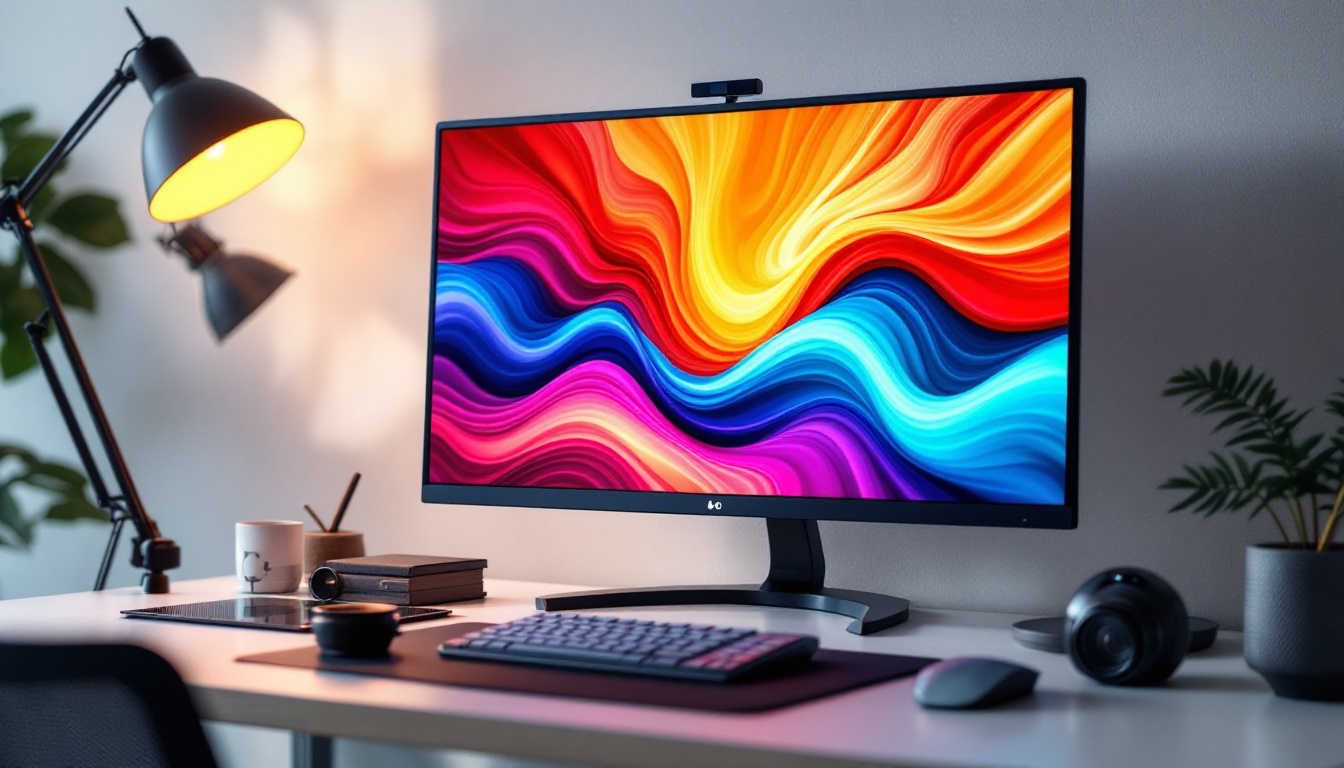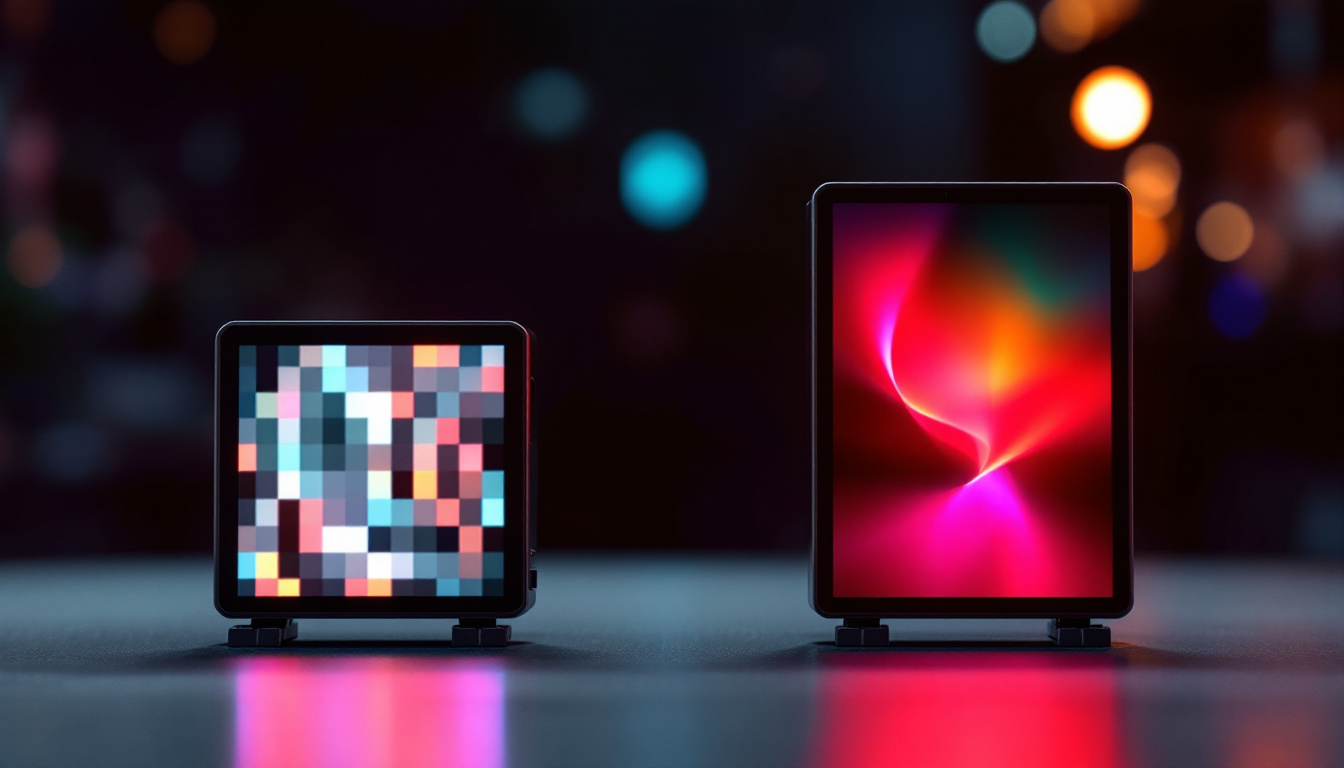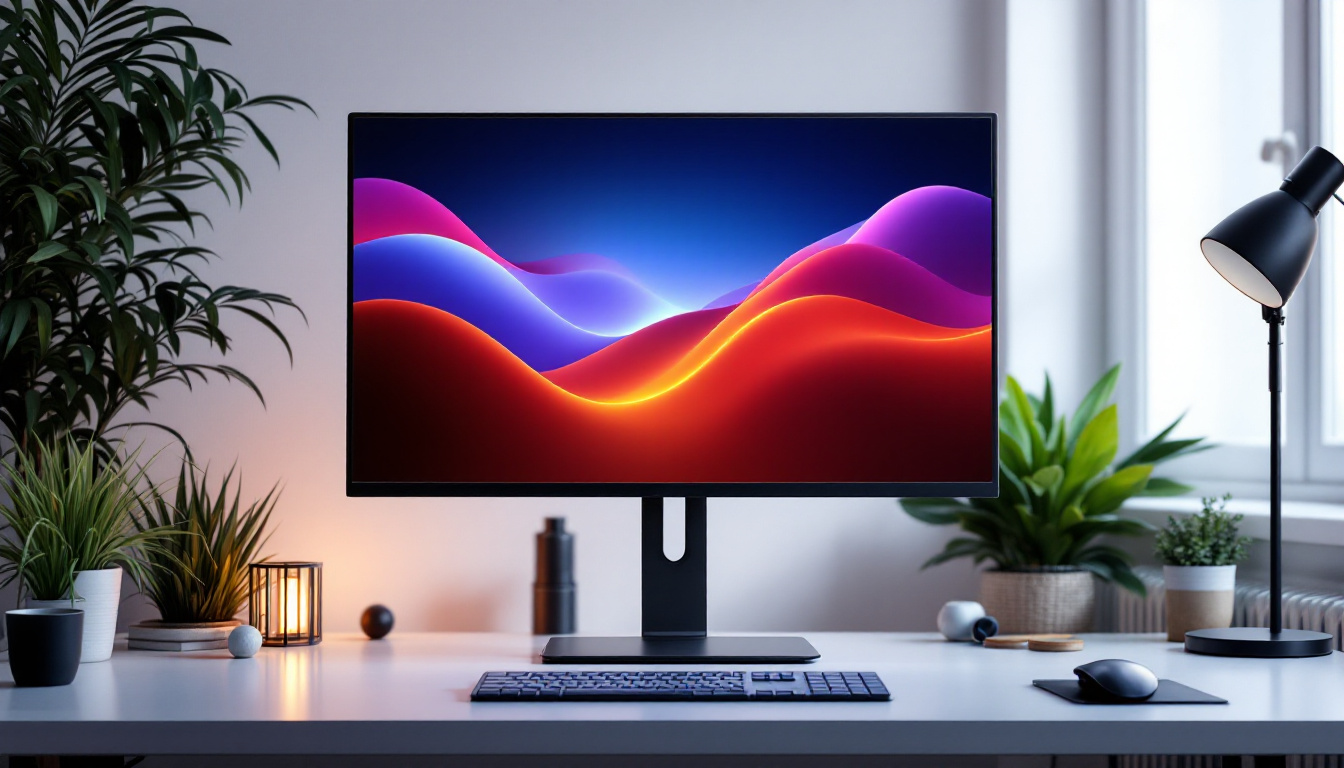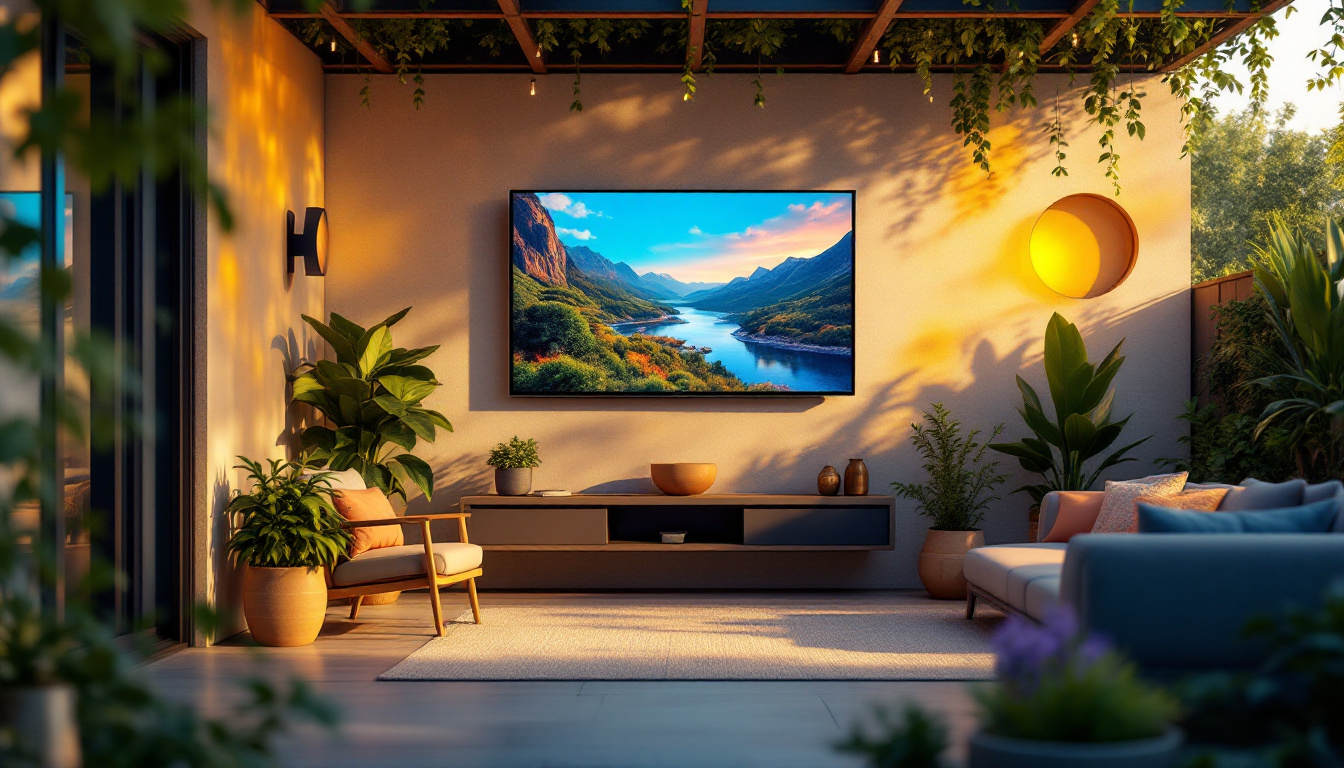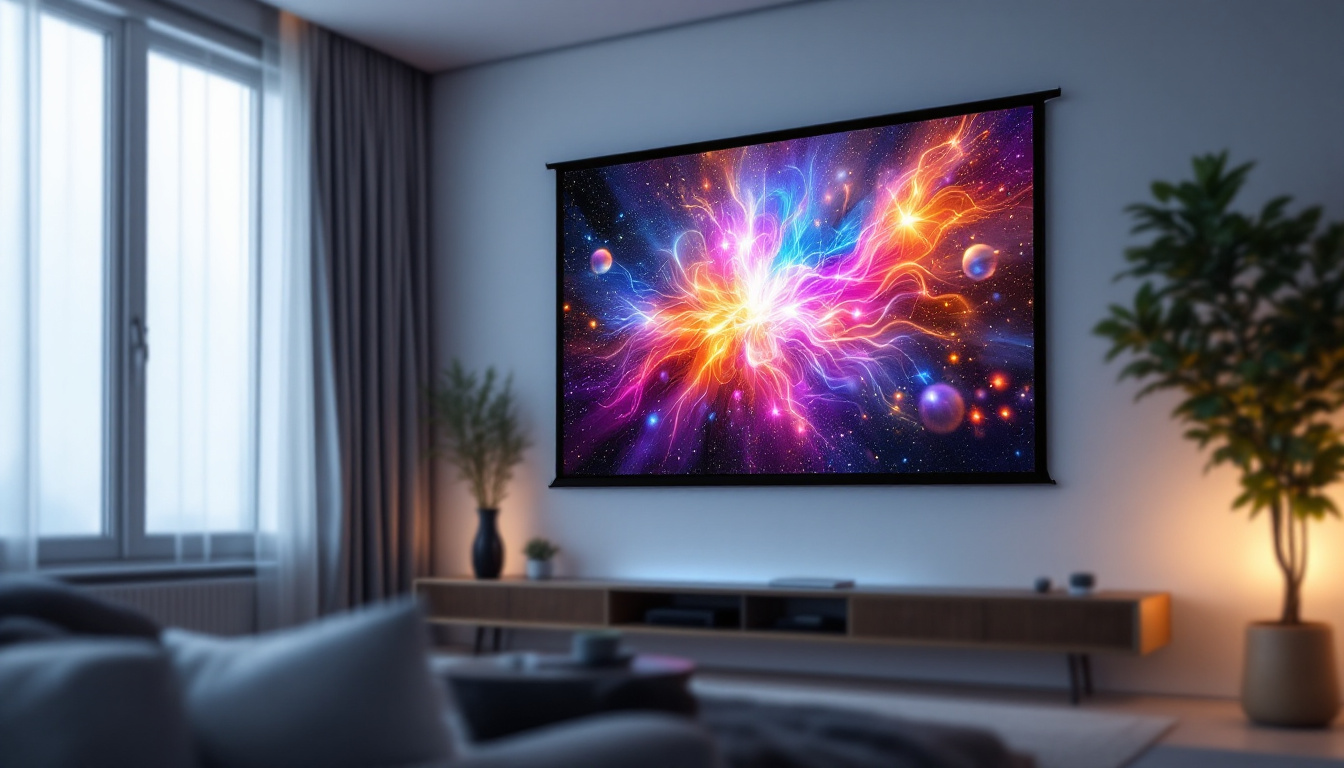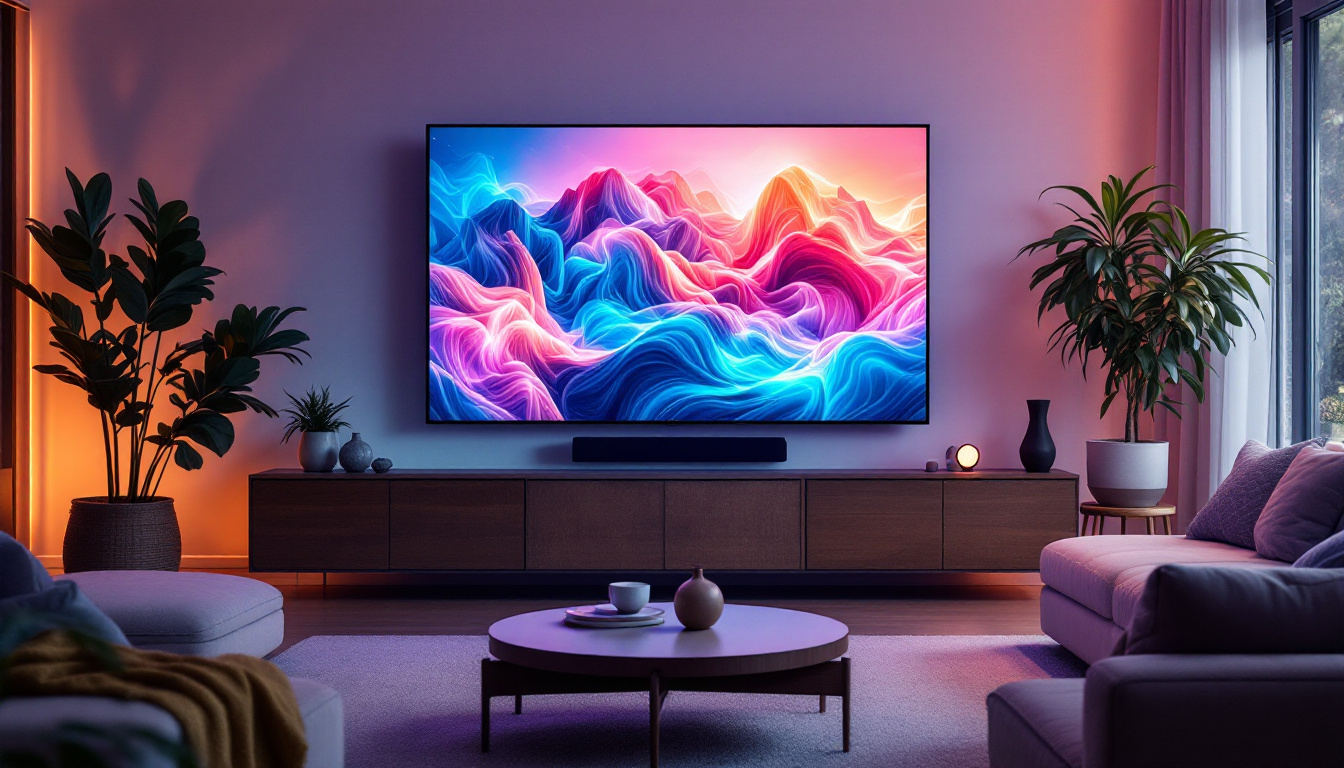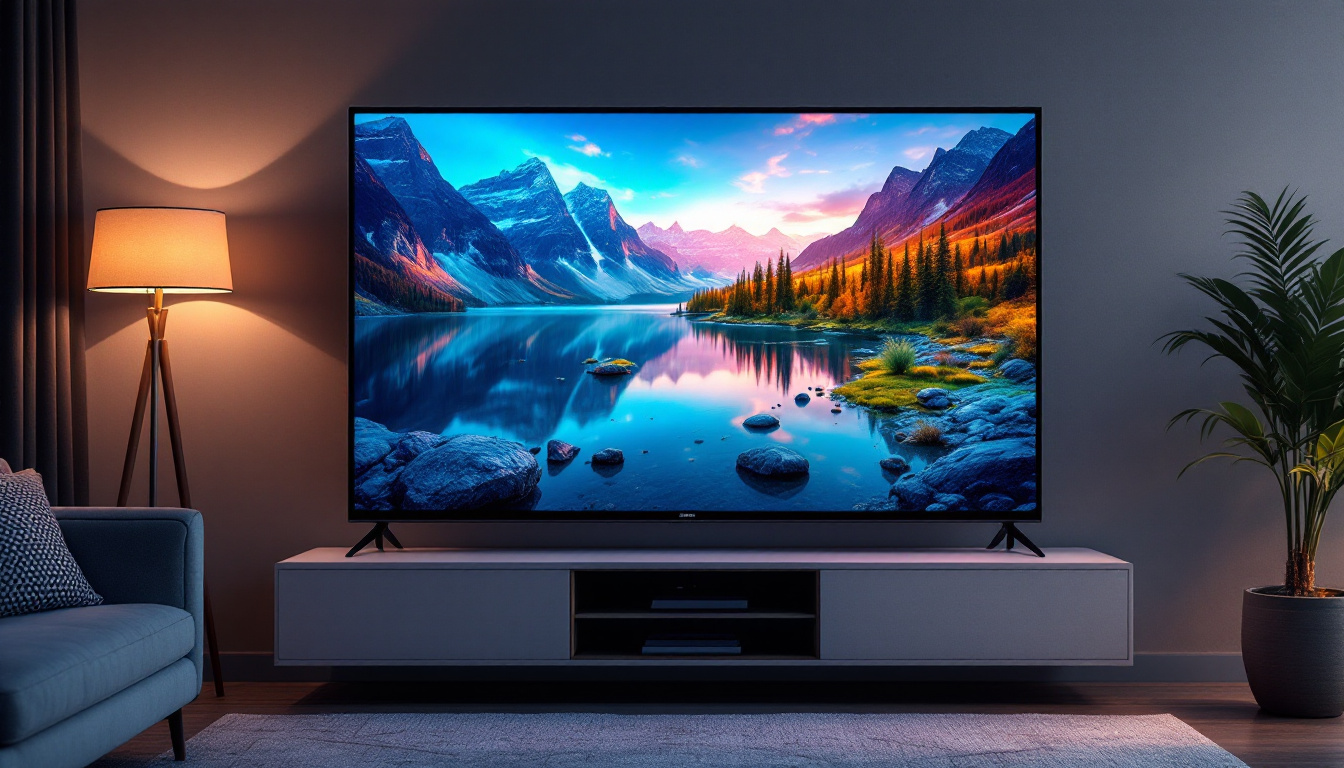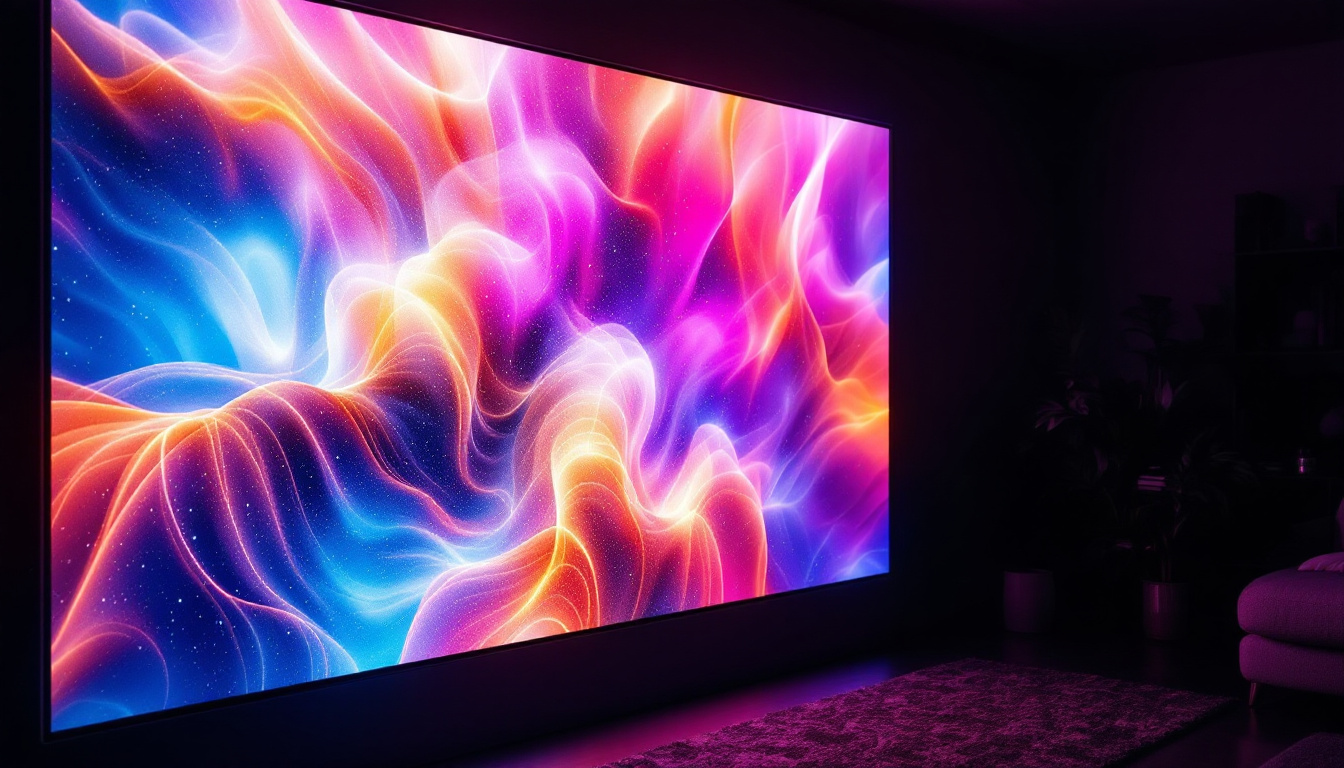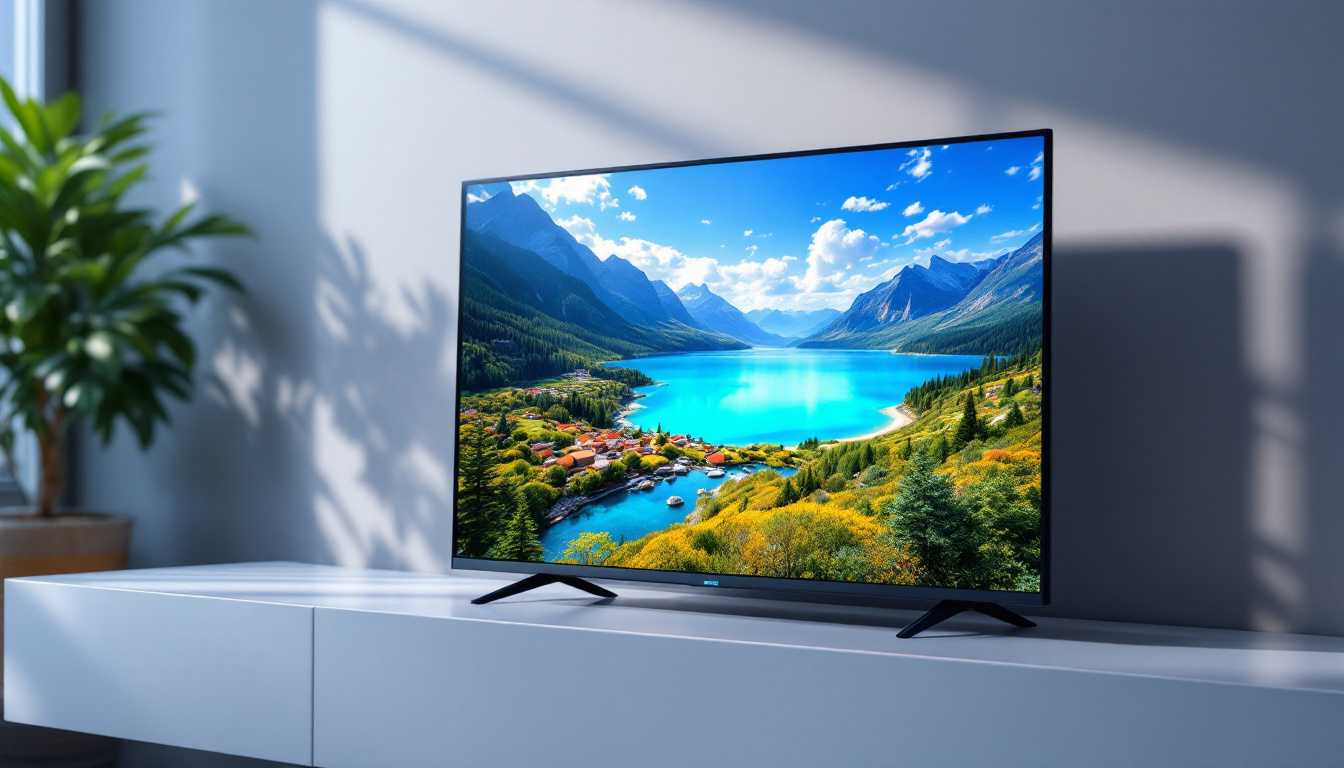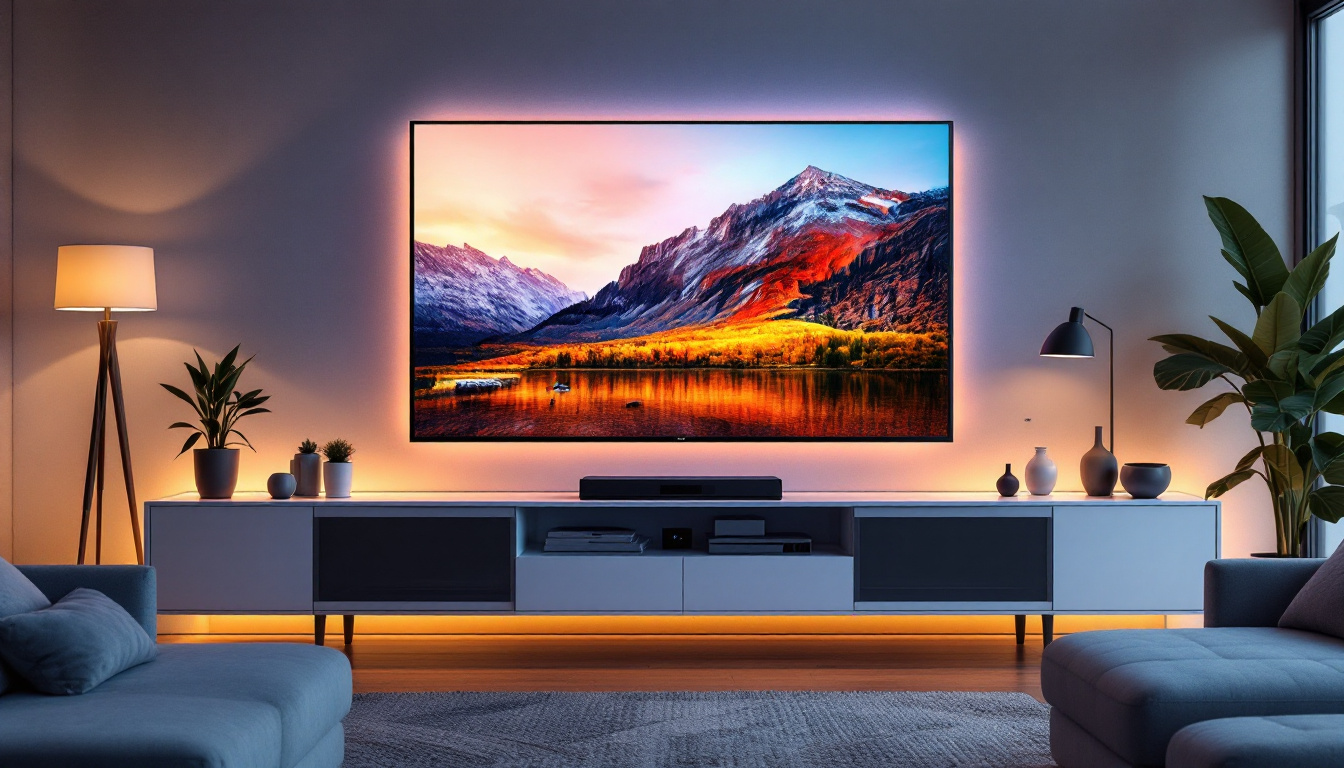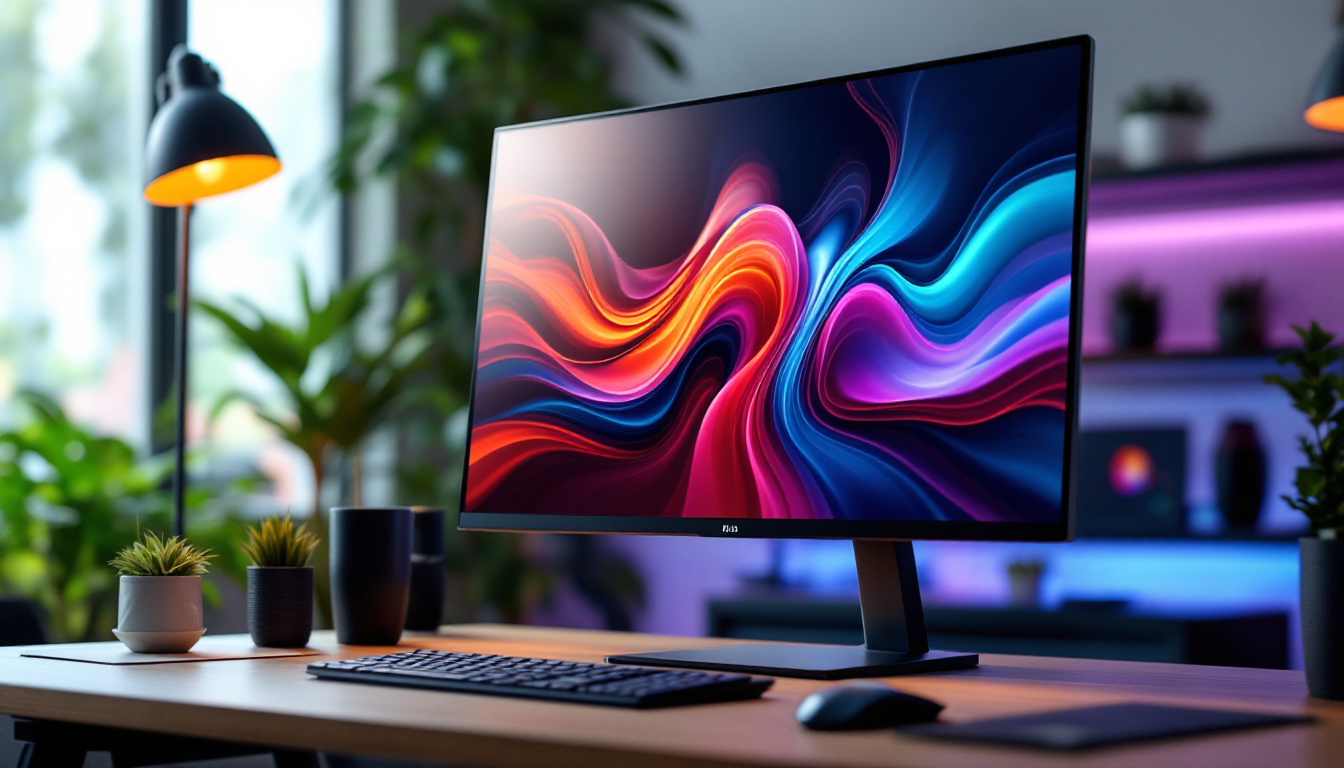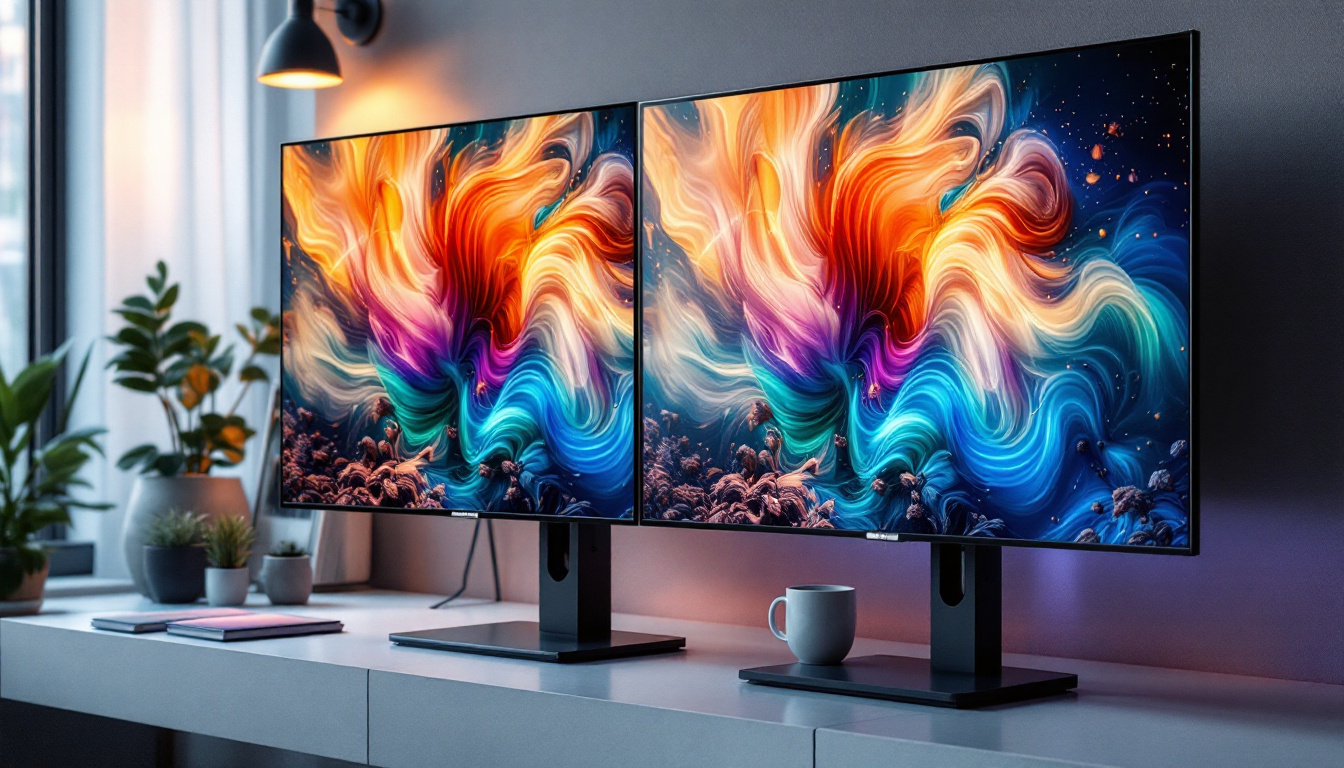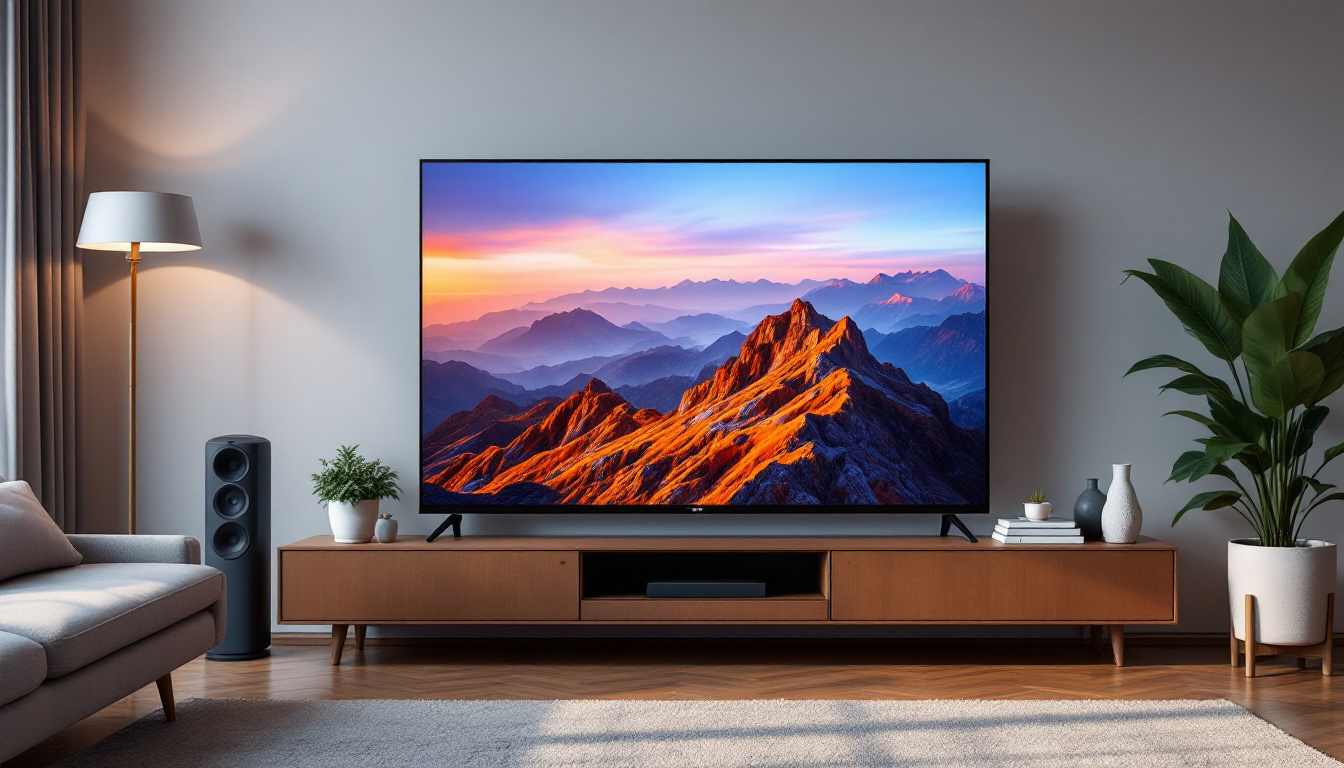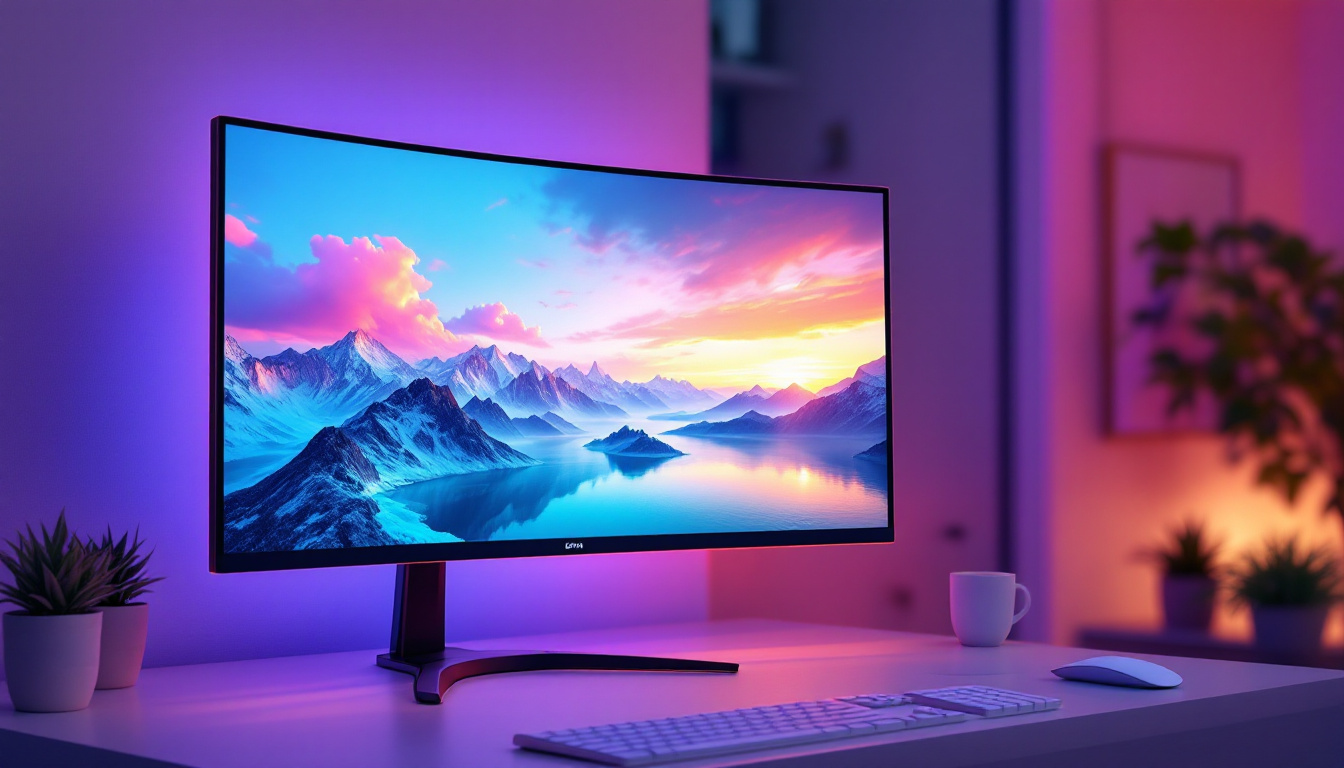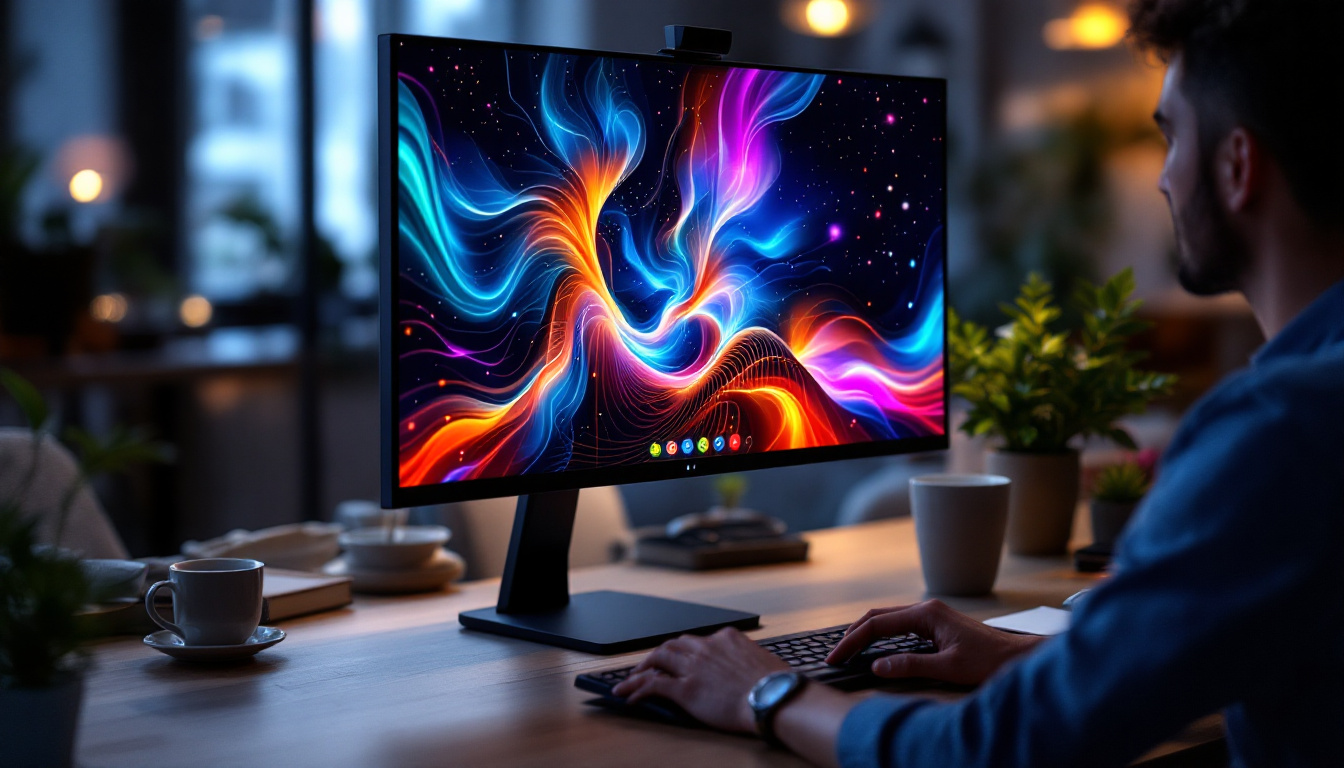In today’s fast-paced digital world, having a reliable computer monitor is essential for both work and leisure. With the rise of LED technology, consumers are presented with a variety of options that enhance visual experience and productivity. This article delves into the intricacies of LED displays, their benefits, and what to consider when purchasing a monitor during a sale.
Understanding LED Technology
LED, or Light Emitting Diode, technology has transformed the way displays function. Unlike traditional LCD monitors that utilize fluorescent backlighting, LED monitors use small diodes to produce light. This fundamental difference results in a range of advantages that can significantly enhance the viewing experience.
How LED Displays Work
At the core of LED technology is the principle of electroluminescence. When an electric current passes through a semiconductor material, it emits light. In LED monitors, these diodes are arranged in a grid, allowing for precise control over brightness and color. This capability leads to deeper blacks and more vibrant colors compared to older display technologies.
Additionally, LED displays can be categorized into two types: edge-lit and backlit. Edge-lit monitors have LEDs positioned along the edges of the screen, while backlit monitors have a full array of LEDs behind the screen. The latter typically offers better color accuracy and contrast, making it a preferred choice for professionals in graphic design and video editing. Furthermore, advancements in technology have led to the development of OLED (Organic LED) displays, which take the benefits of LED a step further by allowing each pixel to emit its own light, resulting in even greater contrast ratios and color depth.
Benefits of LED Monitors
LED monitors come with several advantages that make them appealing to consumers. Firstly, they are energy-efficient, consuming less power than their LCD counterparts. This not only reduces electricity bills but also contributes to a smaller carbon footprint.
Moreover, LED displays provide faster refresh rates and response times, which are crucial for gaming and fast-paced video content. The enhanced clarity and detail make them ideal for multimedia applications, ensuring that users enjoy a seamless experience. In addition to these performance benefits, LED monitors are also known for their longevity; they typically have a longer lifespan than traditional displays, often lasting tens of thousands of hours before any noticeable degradation in quality occurs. This durability makes them a cost-effective choice in the long run, as consumers can enjoy high-quality visuals without the frequent need for replacements.
Another significant advantage of LED technology is its versatility in design. Manufacturers have been able to create ultra-thin and lightweight monitors that can fit into a variety of spaces, from home offices to professional studios. This sleek design not only enhances aesthetic appeal but also allows for easier portability and installation. Furthermore, with the rise of smart technology, many LED monitors now come equipped with integrated features such as Wi-Fi connectivity and built-in streaming applications, making them multifunctional devices that cater to the modern user’s needs.
Key Features to Look for in a Monitor
When shopping for a computer monitor, especially during a sale, it is vital to consider several key features that can affect performance and usability. Understanding these features can help consumers make informed decisions that suit their specific needs.
Screen Size and Resolution
The screen size and resolution of a monitor play a significant role in determining the overall viewing experience. A larger screen size can enhance productivity by allowing multiple windows to be open simultaneously. However, it is essential to pair a larger screen with an appropriate resolution to avoid pixelation.
Common resolutions include Full HD (1920×1080), Quad HD (2560×1440), and 4K (3840×2160). Higher resolutions provide more detail and clarity, making them ideal for tasks that require precision, such as graphic design or video editing. Moreover, for those who enjoy immersive gaming or watching high-definition movies, a 4K monitor can bring visuals to life with stunning detail, making every pixel count in the overall experience.
Refresh Rate and Response Time
The refresh rate, measured in hertz (Hz), indicates how many times per second the display refreshes the image. A higher refresh rate, such as 144Hz or 240Hz, is particularly beneficial for gamers, as it results in smoother motion and reduces motion blur.
Response time, measured in milliseconds (ms), refers to how quickly a pixel can change from one color to another. Lower response times are preferable for fast-paced gaming and video playback, as they minimize ghosting effects that can detract from the viewing experience. Additionally, for those who use their monitors for professional purposes, such as video editing or animation, a monitor with a low response time can ensure that color transitions are smooth and accurate, which is crucial for high-quality production work.
Connectivity Options
Modern monitors come equipped with various connectivity options, including HDMI, DisplayPort, USB-C, and VGA. It is crucial to ensure that the monitor has compatible ports with your computer or laptop to facilitate seamless connectivity.
Additionally, some monitors offer built-in USB hubs, allowing users to connect peripherals directly to the monitor. This feature can help reduce cable clutter and improve workspace organization. Furthermore, with the rise of remote work and digital collaboration, having a monitor that supports multiple input sources can be incredibly beneficial, enabling users to switch between devices effortlessly. Features like Picture-in-Picture (PiP) can also enhance multitasking capabilities, allowing users to view content from two different sources simultaneously, which can be a game-changer for professionals who need to reference information while working on projects.
Choosing the Right Monitor for Your Needs
With a plethora of options available, selecting the right monitor can be overwhelming. However, understanding the intended use can significantly narrow down the choices. Whether for gaming, professional work, or general use, different monitors cater to distinct requirements.
For Gamers
Gamers often prioritize refresh rates and response times to ensure a competitive edge. Monitors with high refresh rates and low response times are essential for fast-paced gaming. Additionally, features such as adaptive sync technologies (like NVIDIA G-SYNC or AMD FreeSync) can enhance the experience by reducing screen tearing.
Furthermore, gamers should consider monitors with a high dynamic range (HDR) capability, as this feature provides improved contrast and color accuracy, making games more immersive. The size and curvature of the monitor can also play a significant role; ultra-wide monitors can expand the field of view, allowing gamers to spot enemies and navigate environments more effectively. Additionally, features like customizable RGB lighting can enhance the gaming setup’s aesthetic appeal, creating an engaging atmosphere that complements the gaming experience.
For Professionals
Professionals in fields such as graphic design, video editing, or photography require monitors that deliver exceptional color accuracy and detail. Monitors that support wide color gamuts, such as Adobe RGB or DCI-P3, are ideal for these tasks.
Additionally, features like adjustable stands and VESA compatibility can enhance ergonomics, allowing users to customize their workspace for comfort during long hours of work. Many professionals also benefit from dual-monitor setups, which can significantly boost productivity by providing ample screen real estate for multitasking. Investing in a monitor with a high resolution, such as 4K, can also be advantageous, as it allows for finer details to be rendered, making it easier to edit images and videos with precision.
For General Use
For everyday tasks such as browsing the web, working on documents, or watching videos, a monitor with a balanced combination of features is sufficient. A Full HD resolution with decent color performance and a comfortable size will meet most users’ needs.
Moreover, consider monitors with built-in blue light filters to reduce eye strain during prolonged use. This feature is particularly beneficial for individuals who spend significant time in front of screens. Additionally, integrated speakers can be a valuable asset for casual users who enjoy streaming content without the hassle of external audio equipment. Connectivity options are also important; having multiple HDMI and USB ports can facilitate easy connections to various devices, making the monitor versatile for different uses, from connecting laptops to gaming consoles.
Maintenance and Care for LED Monitors
Maintaining an LED monitor is crucial for ensuring longevity and optimal performance. Simple care routines can prevent common issues and keep the display functioning efficiently.
Cleaning Your Monitor
Dust and fingerprints can accumulate on the screen, affecting visibility. To clean an LED monitor, use a microfiber cloth and a solution specifically designed for electronics. Avoid using harsh chemicals or abrasive materials, as these can damage the screen.
Regular cleaning not only improves the viewing experience but also helps in maintaining the monitor’s condition over time.
Adjusting Settings for Optimal Performance
Most monitors come with factory settings that may not be ideal for every user. Adjusting brightness, contrast, and color settings can significantly enhance the viewing experience. Many monitors also offer preset modes tailored for specific activities, such as gaming or reading.
Additionally, utilizing features like automatic brightness adjustment can help reduce eye strain by adapting the screen’s brightness to the surrounding environment.
Conclusion
As technology continues to evolve, LED monitors remain at the forefront of display innovation. Their energy efficiency, superior image quality, and versatile features make them an excellent choice for a wide range of users. During a sale, consumers have the opportunity to invest in high-quality monitors that can enhance productivity and enjoyment.
By understanding the key features of LED displays and considering individual needs, buyers can make informed decisions that lead to satisfying purchases. Whether for gaming, professional use, or general tasks, the right monitor can significantly impact the overall computing experience.
In summary, the 24 computer monitor sale presents a perfect opportunity to explore the world of LED displays. With the right knowledge and considerations, users can find the ideal monitor that meets their requirements and elevates their digital experience.
Discover LumenMatrix’s Advanced LED Display Solutions
Ready to elevate your visual experience with the latest in LED display technology? Look no further than LumenMatrix, a pioneer in crafting immersive and dynamic LED displays for every need. From the comfort of your home to the excitement of outdoor events, LumenMatrix offers an extensive range of innovative solutions including Indoor and Outdoor LED Wall Displays, Vehicle LED Displays, and more. Embrace the future of visual communication with our All-in-One LED Displays and LED Transparent Displays designed to captivate and engage. Don’t miss out on the opportunity to transform your space. Check out LumenMatrix LED Display Solutions today and witness the power of advanced LED technology at its finest.

